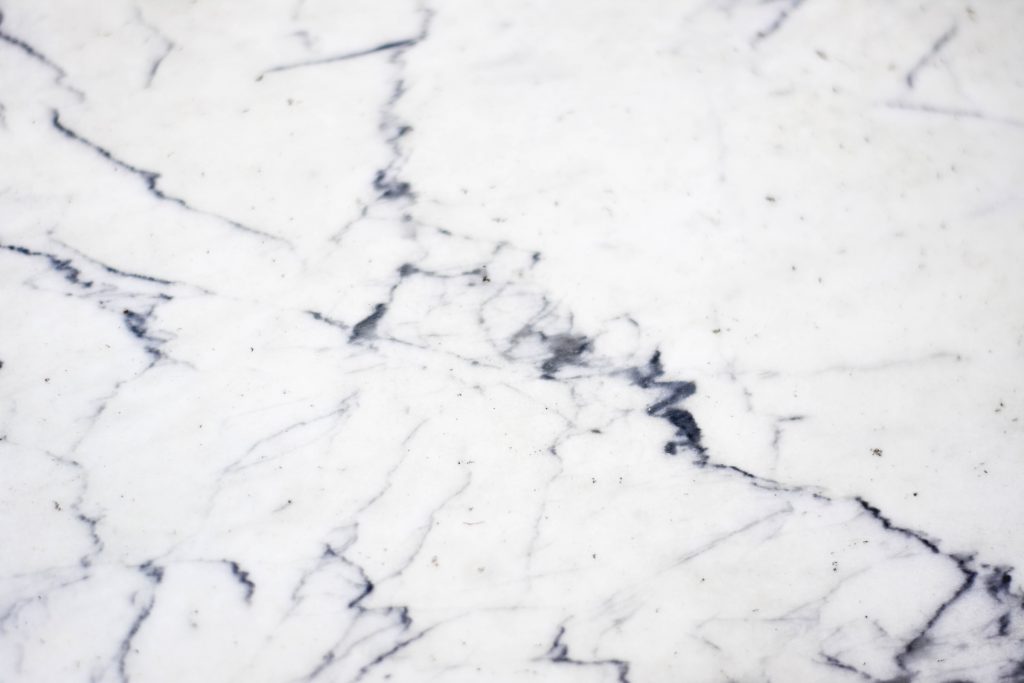Marble, with its timeless elegance and sophistication, graces many homes and buildings. However, maintaining its pristine appearance requires a gentle touch and the right cleaning techniques. While it might seem robust, marble has unique properties that make it susceptible to damage if not cared for properly.

Understanding marble’s delicate nature
Unlike tiles or other common surfaces, marble and other natural stones demand a different cleaning approach. The inherent properties of stone make it both robust and delicate. Its porous nature means it can easily absorb certain chemicals, leading to potential damage. When these chemicals seep into the stone through capillary action, they can deteriorate its structure and appearance.
What not to use on marble
Certain household cleaning agents can be detrimental to marble surfaces. Products like bleach and white vinegar, which contain acidic or alkaline substances, can harm the carbonate crystals and limestone in the stone. Similarly, anti-limescale and anti-tartar detergents containing acids should be avoided. These products can cause etching, dulling the marble’s shine and potentially causing irreversible damage.
Recommended cleaning solutions
For daily cleaning, warm water paired with a soft cloth or non-abrasive sponge works wonders. For more stubborn dirt or stains, gentle products like black soap, Marseille soap, or linseed oil soap are ideal. These soaps have a fatty base that not only cleans but also nourishes the stone. Always ensure that any cleaning product used has a neutral pH to maintain the stone’s integrity.
For tougher stains, natural solutions like baking soda, Sommières earth, or Meudon white can be mixed with water and applied with a microfiber cloth. These gentle abrasives can lift stains without scratching the marble’s surface.
Protecting your marble surfaces
Untreated marble is vulnerable to acidic liquids like lemon juice, wine, or tomato sauce. It’s also susceptible to scratches and stains. To safeguard your marble surfaces, consider using a sealant for optimal protection. If a stain does occur, it’s crucial to identify its source and apply an appropriate stain-removal technique. While acidic or chemical products might be tempting for tough stains, they should be a last resort and used sparingly.
After cleaning, especially if the marble has lost some of its shine, polishing or buffing might be necessary to restore its luster. However, this task is best left to professionals who have the expertise and tools to rejuvenate your marble without causing harm.
Conclusion: preserving the beauty of marble
Marble is more than just a stone; it’s a statement of luxury and timeless beauty. By understanding its unique properties and using natural cleaning methods, you can ensure that your marble surfaces remain as stunning as the day they were installed. Whether it’s a marble countertop, floor, or decorative piece, treat it with care, and it will reward you with years of elegance and style.

 Open Immovlan
Open Immovlan